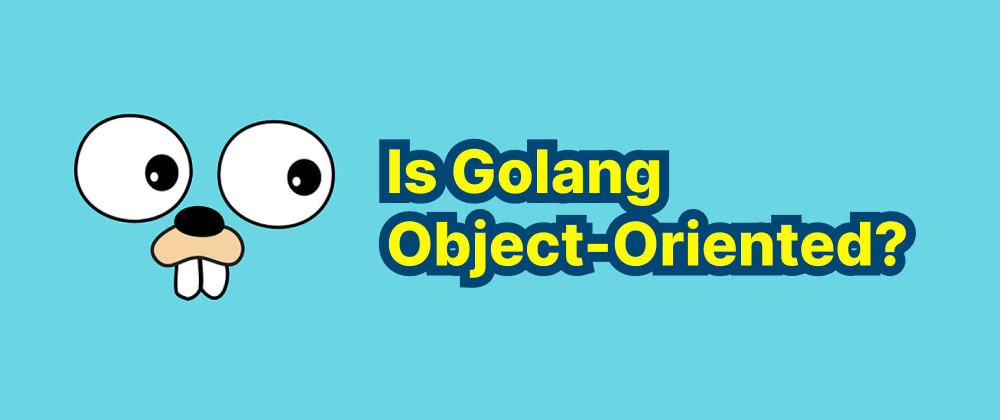Exploring Golang's Validation Libraries
Min-jun Kim
Dev Intern · Leapcell

Key Takeaways
- The
validatorlibrary uses struct tags for concise and efficient validation. - The
ozzo-validationlibrary offers a flexible, code-based validation approach. - Choosing between the two depends on project complexity and validation needs.
Data validation is a crucial aspect of software development, ensuring that the input data meets the required standards before processing. In the Go programming language, several libraries facilitate this process, with validator and ozzo-validation being among the most prominent. This article delves into these libraries, highlighting their features, usage, and differences.
The validator Library
The validator library, developed by the Go Playground community, is a widely adopted solution for struct field validation in Go. It employs struct tags to define validation rules, making the code both concise and readable.
Installation
To incorporate validator into your project, use the following command:
go get github.com/go-playground/validator/v10
Basic Usage
Define your struct with appropriate validation tags:
package main import ( "fmt" "github.com/go-playground/validator/v10" ) type User struct { Name string `validate:"required,min=3,max=32"` Email string `validate:"required,email"` Age int `validate:"gte=18,lte=100"` } func main() { validate := validator.New() user := &User{ Name: "Alice", Email: "alice@example.com", Age: 30, } err := validate.Struct(user) if err != nil { fmt.Println("Validation errors:", err) } else { fmt.Println("Validation passed!") } }
In this example, the User struct has three fields with validation rules specified using struct tags:
Name: Must be present (required), with a length between 3 and 32 characters.Email: Must be present and follow a valid email format.Age: Must be between 18 and 100, inclusive.
Common Validation Tags
The validator library offers a comprehensive set of validation tags:
required: Ensures the field is not empty.len: Specifies the exact length for strings, slices, arrays, or maps.minandmax: Define minimum and maximum values for numbers or lengths for strings, slices, arrays, or maps.eqandne: Assert that the field is equal or not equal to a given value.lt,lte,gt,gte: Represent less than, less than or equal to, greater than, and greater than or equal to comparisons, respectively.oneof: Ensures the field matches one of the specified values.
For a comprehensive list of validation tags and their usage, refer to the official documentation.
Custom Validation Functions
Beyond the built-in tags, validator allows the creation of custom validation functions. For instance, to validate that a string starts with "Go":
func startsWithGo(fl validator.FieldLevel) bool { return strings.HasPrefix(fl.Field().String(), "Go") } func main() { validate := validator.New() validate.RegisterValidation("startsWithGo", startsWithGo) type Language struct { Name string `validate:"startsWithGo"` } lang := &Language{Name: "Golang"} err := validate.Struct(lang) if err != nil { fmt.Println("Validation errors:", err) } else { fmt.Println("Validation passed!") } }
In this snippet, the custom validation function startsWithGo checks if the Name field starts with "Go".
The ozzo-validation Library
Another robust validation library in the Go ecosystem is ozzo-validation. Unlike validator, which relies on struct tags, ozzo-validation uses code to define validation rules, offering greater flexibility and control.
Installation
To add ozzo-validation to your project, execute:
go get github.com/go-ozzo/ozzo-validation/v4
Basic Usage
Here's how you can define and validate a struct using ozzo-validation:
package main import ( "fmt" "github.com/go-ozzo/ozzo-validation/v4" "github.com/go-ozzo/ozzo-validation/v4/is" ) type User struct { Name string Email string Age int } func (u User) Validate() error { return validation.ValidateStruct(&u, validation.Field(&u.Name, validation.Required, validation.Length(3, 32)), validation.Field(&u.Email, validation.Required, is.Email), validation.Field(&u.Age, validation.Min(18), validation.Max(100)), ) } func main() { user := User{ Name: "Alice", Email: "alice@example.com", Age: 30, } err := user.Validate() if err != nil { fmt.Println("Validation errors:", err) } else { fmt.Println("Validation passed!") } }
In this approach, the User struct has a Validate method that specifies the validation rules using the validation package's functions.
Key Features
- Fluent API: Validation rules are defined using a fluent interface, enhancing readability.
- Conditional Validation: Supports conditional validation rules based on other field values.
- Custom Validators: Allows the creation of custom validation rules tailored to specific requirements.
Choosing Between validator and ozzo-validation
Both libraries are powerful tools for data validation in Go, but they have distinct approaches:
validator: Utilizes struct tags for validation rules, leading to concise code. It's widely used and integrates seamlessly with frameworks like Gin. However, complex validation logic might become cumbersome with struct tags alone.ozzo-validation: Employs code to define validation rules, offering greater flexibility and clarity, especially for intricate validation scenarios. This approach benefits from compile-time checks and reduces the likelihood of silent errors due to misconfigured tags.
The choice between the two depends on the project's needs:
- For straightforward validations with minimal logic,
validatorprovides a clean and efficient solution. - For complex validations requiring conditional logic or custom rules,
ozzo-validationmight be more appropriate.
Conclusion
Data validation is essential in ensuring the integrity and reliability of software applications. Go's ecosystem offers robust libraries like validator and ozzo-validation to facilitate this process. Understanding their features and differences enables developers to select the most suitable tool for their specific use cases, leading to more maintainable and error-free codebases.
FAQs
validator uses struct tags, while ozzo-validation defines rules in code.
Yes, it allows custom validation functions to extend its capabilities.
ozzo-validation is better suited for complex and conditional validation rules.
We are Leapcell, your top choice for hosting Go projects.
Leapcell is the Next-Gen Serverless Platform for Web Hosting, Async Tasks, and Redis:
Multi-Language Support
- Develop with Node.js, Python, Go, or Rust.
Deploy unlimited projects for free
- pay only for usage — no requests, no charges.
Unbeatable Cost Efficiency
- Pay-as-you-go with no idle charges.
- Example: $25 supports 6.94M requests at a 60ms average response time.
Streamlined Developer Experience
- Intuitive UI for effortless setup.
- Fully automated CI/CD pipelines and GitOps integration.
- Real-time metrics and logging for actionable insights.
Effortless Scalability and High Performance
- Auto-scaling to handle high concurrency with ease.
- Zero operational overhead — just focus on building.
Explore more in the Documentation!
Follow us on X: @LeapcellHQ




